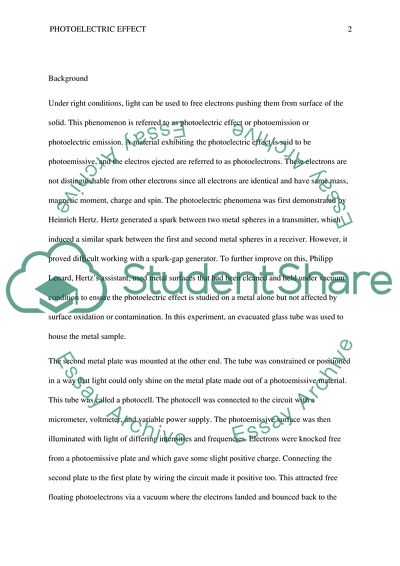Cite this document
(Phenomena of the Photoelectric Effect Lab Report Example | Topics and Well Written Essays - 1250 words, n.d.)
Phenomena of the Photoelectric Effect Lab Report Example | Topics and Well Written Essays - 1250 words. https://studentshare.org/physics/1826988-photoelectric-effect
Phenomena of the Photoelectric Effect Lab Report Example | Topics and Well Written Essays - 1250 words. https://studentshare.org/physics/1826988-photoelectric-effect
(Phenomena of the Photoelectric Effect Lab Report Example | Topics and Well Written Essays - 1250 Words)
Phenomena of the Photoelectric Effect Lab Report Example | Topics and Well Written Essays - 1250 Words. https://studentshare.org/physics/1826988-photoelectric-effect.
Phenomena of the Photoelectric Effect Lab Report Example | Topics and Well Written Essays - 1250 Words. https://studentshare.org/physics/1826988-photoelectric-effect.
“Phenomena of the Photoelectric Effect Lab Report Example | Topics and Well Written Essays - 1250 Words”. https://studentshare.org/physics/1826988-photoelectric-effect.


